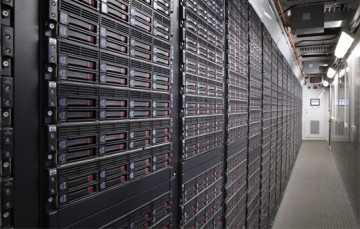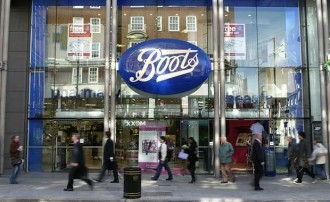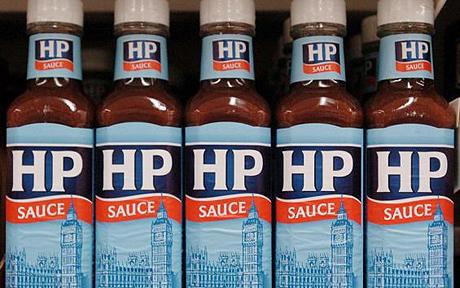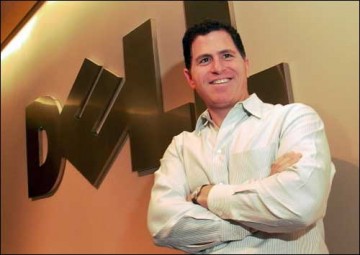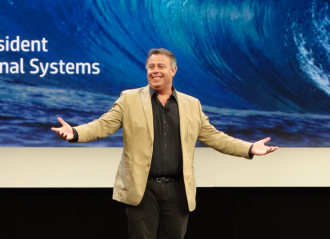 Private equity outfit Blackstone is close to a deal to buying Hewlett Packard Enterprise’s controlling stake in Indian IT outsourcing services provider MphasiS.
Private equity outfit Blackstone is close to a deal to buying Hewlett Packard Enterprise’s controlling stake in Indian IT outsourcing services provider MphasiS.
The deal is worth about $940 million. HPE owns roughly 60.5 percent stake in MphasiS, and now wants out from the Indian outfit to shore up its capital.
Bids for MphasiS were submitted earlier this month and Blackstone is the front-runner for taking majority ownership of the mid-sized Indian IT services exporter.
Financial details of the possible deal were not immediately known. Based on MphasiS’ stock price on Thursday, the HPE stake in the Bengaluru-headquartered company is valued at about $940 million. The company’s total market value is about $1.6 billion.
MphasiS is a rival for Tata Consultancy Services and Infosys but is not likely to command a very high valuation as a major part of its business depends on subcontracting by HPE.
MphasiS used to generate half of its cash by providing services to HPE’s clients. This is now only 24 percent of the firm’s total revenue.
The MphasiS deal, if closed, will be one of the biggest M&A transactions in India’s $150 billion outsourcing sector and indicates that the outsourcing market may still have life in it.
MphasiS was formed in 2000 and six years later Electronics Data Systems Corp acquired a majority holding in the company. In 2008, EDS was acquired by Hewlett Packard, which resulted in the transfer of the shareholding to the computer maker.




